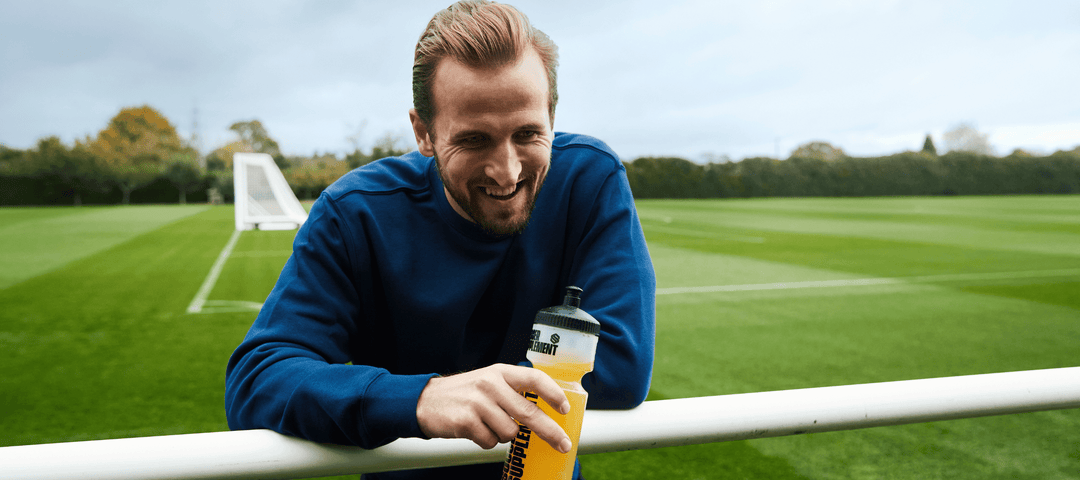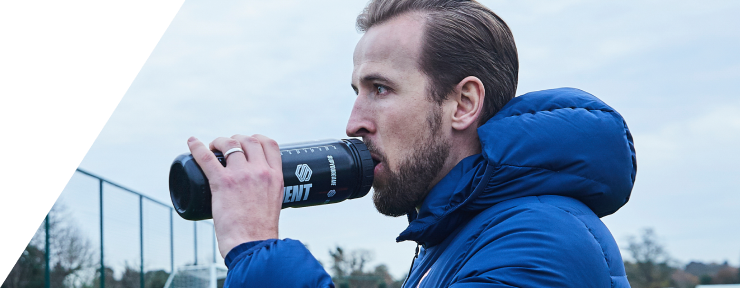All of us have suffered an ankle roll – whether it was stepping down from the curb, landing from a height or getting caught out on a football field, it can be a chronic cause of instability – and more importantly, robbed game time! Therefore, doing all we can to try and protect against, if not prevent an ankle injury is of the utmost importance! Here we are going to outline some of the key considerations.
1. Do More on One Leg
Potentially as simple as it sounds! The more time we spent on one leg the more our ankle stabilisers are forced to improve their capabilities. For those of us with chronic instability in our ankle(s) it could be as simple as standing on one leg whilst you clean your teeth. For those with more developed proprioception (ability to stabilise – balance) it could be more aggressive hopping and landing exercises, much faster and more taxing on our stabilisers.
2. Address Imbalances
It’s natural that we are stronger in one arm and one leg with everyday preferences. However, if you find yourself with an ‘excessively’ strong limb in comparison to the other (usually a bad injury is the culprit), you’re going to need to top that weaker limb up. Having imbalances will likely give you a greater chance of picking up almost any injury, therefore matching your limbs up is a good place to start! How do you know if you're unbalanced? Try single leg training in the gym to find out how capable both your legs are with the same load.
3. Understand Healing Times
We all have that friend who has a ‘dodgy ankle’ which has ‘always been dodgy’ right? Wrong. Ankles are not incessantly ‘dodgy’, we have to have consistent trauma – which crucially hasn’t healed as well as it should have – for it to become ‘dodgy’. Listening to the professional in more serious cases, and your body in less serious cases, is incredibly important. Return when your body wants you too!
4. Be Reactive
Think about the last time you rolled your ankle, likelihood is it rolled over as soon as you planted your forefoot, am I right? That is why it is so important our ankles are ‘reactive’ upon landings. So, what does that actually mean? Well, a lot of our strength training is slow speed; squats, lunges, deadlifts all strengthen our lower body, but don’t do a great job of stabilising our ankles. Quicker movements like hops and jumps on one leg do a great job of teaching the ankle to stabilise just when you need it too!
5. Be Consistent
Potentially the most ‘boring’ of our five key tips to maintaining ankle stabilisation – consistency. With that said however, like any training matters, consistency is the key! Consistently training our ankle to be stable, consistently doing more training on one leg and consistently letting niggles heal before asking our ankle to perform again is crucial to longevity!
In summary, the ankle – like any of the key joints in our body, need training, due care and attention! DO as much as you can to prevent an injury; manage imbalance, increase your reactivity, get stronger on one leg and DON’T rush the healing process when you do acquire an unfortunate injury.
For more information on common footballing injuries read our Top 5 Tips for Reducing the Risk of Hamstring Tears, or read our blog about Reducing Injury Risk and Improving Recovery for Footballers.
Click here to shop our range of Premium Footballer Supplements







